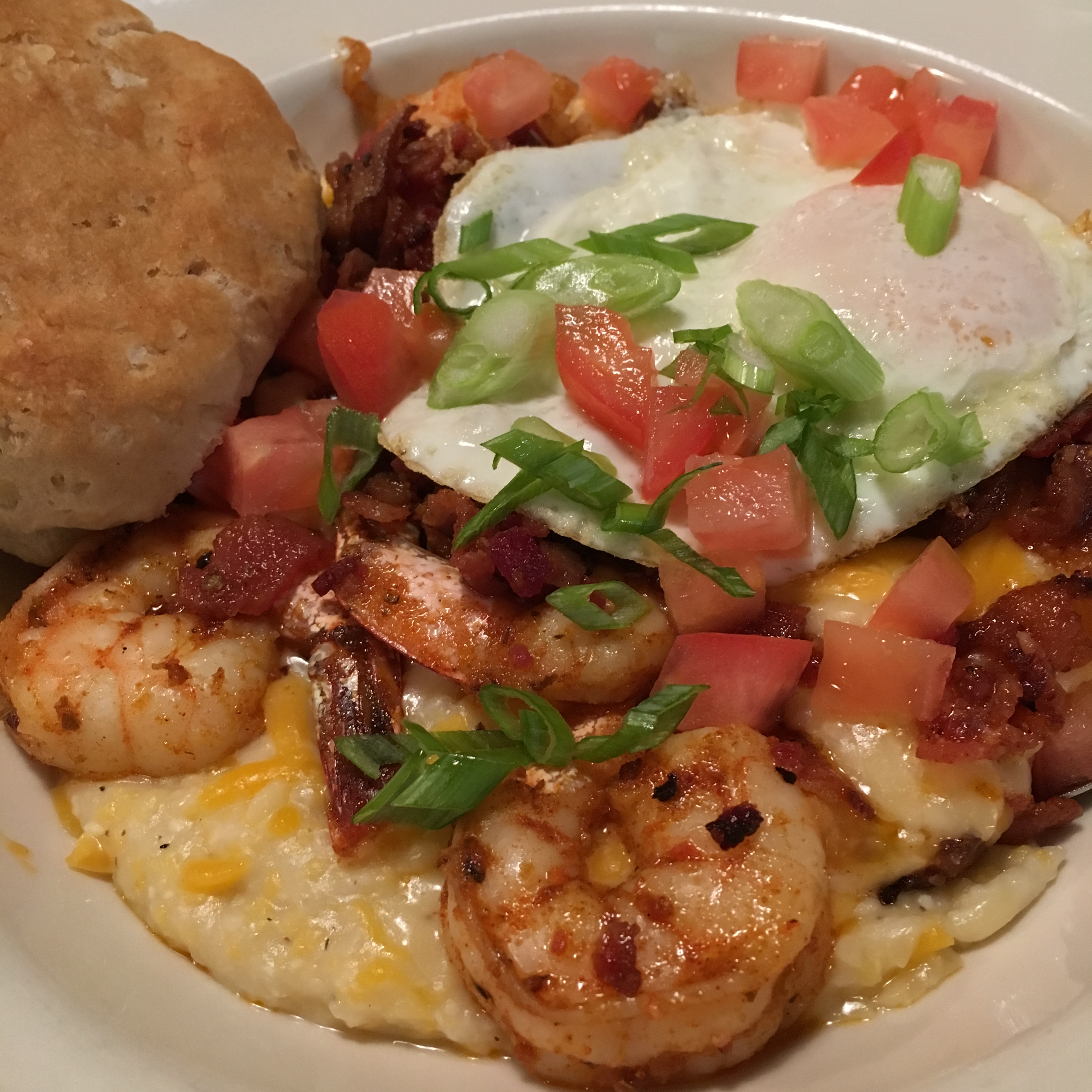

Providence Square closed in 2002 and East Independence in 2005. Harris Teeter continued to “upscale” its image and to shutter branches in less prosperous areas. “TajMaTeeter”, adjacent to Southpark Mall. The last three A&P stores in Charlotte were the Provdence Road branch, the West Trade “centennial” prototype from 1967, and the 1956 Park Road Shopping Center location.Ī&P stores in Raleigh closed at about the same time the chain had abandoned Greensboro and the Triad years before. None of the 1980s Futurestores were successful, and even all of the 1970s units had closed. Interestingly, this antique survived the opening and closing of many newer stores. The store closed in 1997, and was replaced by an experimental Harris Teeter Express branch, which remains there today. Charlottetown Mall, on the edge of uptown, also struggled despite a seemingly great location, and was demolished in 2006 to be replaced by an “urbanized” version of a suburban big box center with adjacent offices and apartments.Īfter more than seventy years, the A&P era ended in Charlotte on 14 November 1996, when the company announced that it would not renew the lease on its last remaining Charlotte store, the 1938 branch at Queens and Providence. North Tryon’s Northpark Mall lost its Bi-Lo and its Target and remains largely vacant, while nearby Tryon Mall, after losing its Woolco and subsequent Winn-Dixie was also vacant for years before being semi-redeveloped as an Asian-themed mall.

The Zayre center has somewhat rebounded in recent years, adding a Rose’s, a Dollar Tree, a Save-a-Lot Foods in the old Big Star location, and a variety of retailers catering to the various ethnic groups in the area.
COMPARE FOODS NORTH TRYON CHARLOTTE NC PATCH
Directly in front, the ruins of the old Eastway Plaza, with its abandoned Harris-Teeter sat vacant for a time before being demolished to create a weed patch and a fast food restaurant.


The Zayre Shopping Center at Eastway and The Plaza, stripped of its Zayre and its Big Star sat semi-abandoned for years, its primary anchors being an indoor flea market in the former Zayre store, a succession of nightclubs in the old Piece Goods fabric shop, and an adult bookstore in its former theater. Amity Gardens is scheduled for replacement with a Wal-Mart Supercenter as of 2007 Queensgate on Wilkinson, with its abandoned Woolco, had succumbed to the same fate two years earlier. Freeway construction along Independence Boulevard finally killed off the Coliseum and Amity Gardens centers, which had been none too healthy even before the construction. The loss of supermarket anchors and the migration of discount stores like Richway (later to become Gold Circle and Target) and Kmart, and the disappearance of Grant’s, Clark’s, Woolco, and Zayre left holes that were difficult to fill.įreedom Village survived by attracting thrift stores, Freedom Mall’s slow decline finally resulted in a takeover for use as municipal office space. The blight was not helped by the string of abandoned and decaying shopping centers along these streets and along Wilkinson Boulevard and Freedom Drive to the west. While the back to the city movement was strong in older, closer-in neighborhoods like Dilworth, Elizabeth, and Plaza-Midwood, the first ring of 1950s suburbs was suffering terribly, to the north along North Tryon and The Plaza and increasingly to the east along Independence and Central. During the 1990s, there was also growth in the far northern reaches of the city and Mecklenburg County, but this development leapfrogged decaying areas closer to downtown. Growth in Charlotte has always been lopsided, skewing to the south and east. Several have disappeared, one big one has both appeared and disappeared, and the landscape has changed dramatically with the arrival of hypermarkets and supercenters. So what has become of grocery chains in Charlotte since 1990? Quite a lot, actually. The 1990s saw some of the most explosive growth in Charotte’s history, as the mid-sized southern city became a large southern-city of more than a half million people - and more than a million additional residents in its metro area.


 0 kommentar(er)
0 kommentar(er)
